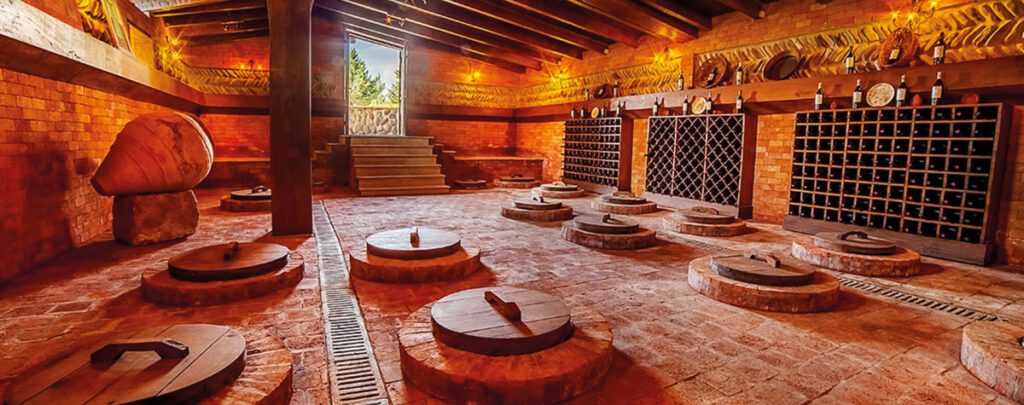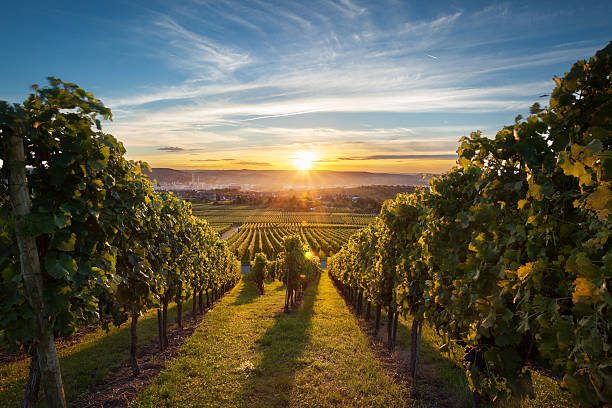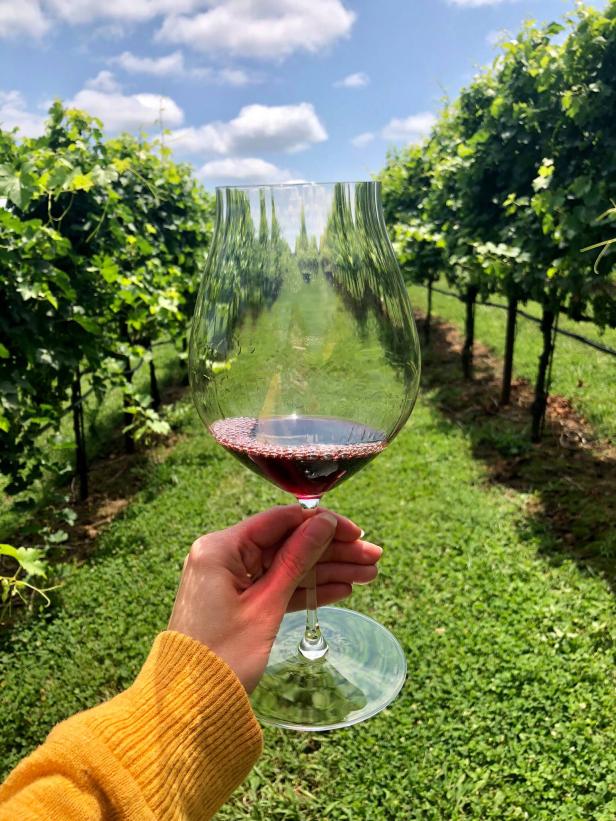Georgian wine

Georgia is the oldest wine-producing country in the world. The fertile valleys and protective slopes of the South Caucasus were home to grapevine cultivation and neolithic wine production (Georgian: ღვინო, ɣvino) for at least 8000 years. Due to millennia of winemaking and the prominent economic role it retains in Georgia to the present day, wine and viticulture are entwined with Georgia’s national identity. In 2013, UNESCO added the ancient traditional Georgian winemaking method using the Kvevri clay jars to the UNESCO Intangible Cultural Heritage Lists. The best-known Georgian wine regions are in the country’s east, such as Kakheti (further divided into the micro-regions of Telavi and Kvareli) and Kartli, but also in Imereti, Racha-Lechkhumi and Kvemo Svaneti, and coastal areas like Adjara and Abkhazia.

Georgia’s territorial and climate conditions are optimal for wine-making. Extremes of weather are unusual: summers tend to be sunny and warm, and winters mild and frost-free. Natural springs abound, and the Caucasian Mountain streams drain mineral-rich water into the valleys. Georgia’s moderate climate and moist air, influenced by the Black Sea, provide the best conditions for vine cultivating. The soil in vineyards is so intensively cultivated that the grapevines grow up the trunks of fruit trees eventually hanging down along the fruit when they ripen. This method of cultivation is called maglari.
There are five main regions of viniculture, the principal region being Kakheti, which produces seventy percent of Georgia’s grapes. Traditionally, Georgian wines carry the name of the source region, district, or village, much like French regional wines such as Bordeaux or Burgundy. As with these French wines, Georgian wines are usually a blend of two or more grapes. For instance, one of the best-known white wines, Tsinandali, is a blend of Rkatsiteli and Mtsvane grapes from the micro regions of Telavi and Kvareli in the Kakheti region.

Traditionally, Georgian wines carry the appellation name of the source region, district, or village, much like French regional wines such as Bordeaux or Burgundy. As with these French wines, Georgian wines are usually a blend of two or more grapes. Georgian wines are classified as sweet, semi-sweet, semi-dry, dry, fortified and sparkling.


Book now through WhatsApp
+995 592 11 56 69
